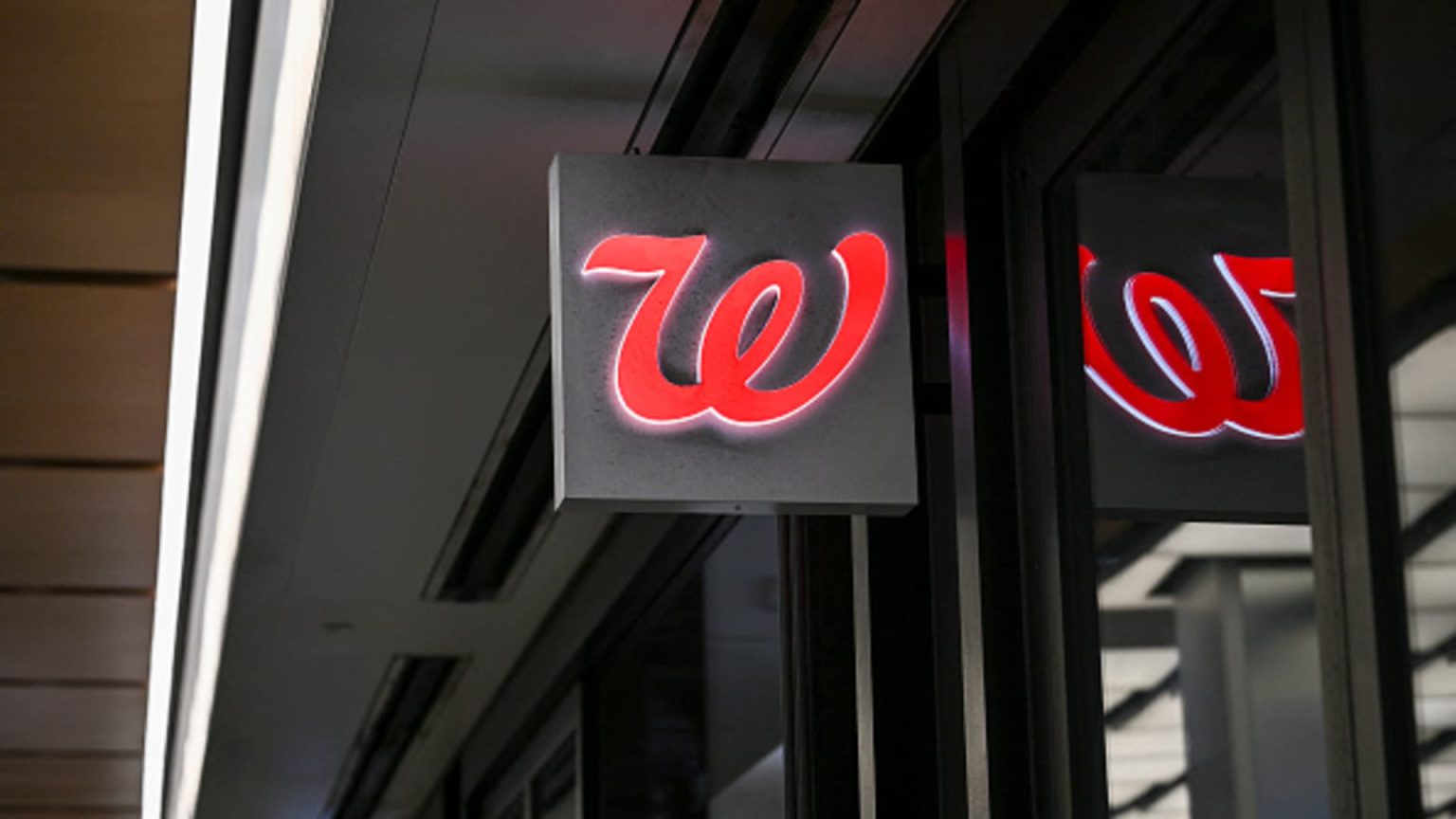Walgreens, the prominent U.S. drugstore chain, has announced its fiscal second-quarter earnings, showcasing results that exceeded market expectations. The company is undergoing significant changes, including a transition to private ownership through a $10 billion deal with Sycamore Partners, expected to finalize by the end of the year. Faced with challenges such as rising competition and legal settlements, Walgreens has reported financial fluctuations that underline the complexities of its current operational landscape.
| Article Subheadings |
|---|
| 1) Overview of Walgreens’ Financial Performance |
| 2) Transition to Private Ownership |
| 3) Impact of Competitive Pressures |
| 4) Legal Setbacks and Financial Implications |
| 5) Future Outlook for Walgreens |
Overview of Walgreens’ Financial Performance
In its latest earnings report, Walgreens has declared a fiscal second-quarter sales volume of $38.59 billion, marking a 4.1% increase compared to the same quarter from the previous year. This uptick is attributed to increased sales across both its U.S. retail pharmacy branches and international markets. Analysts had forecast revenues around $38 billion, making Walgreens’ current performance a notable positive surprise.
Despite the rise in revenue, Walgreens reported a net loss of $2.85 billion, equating to $3.30 per share, yet this figure was an improvement from the net loss of $5.91 billion, or $6.85 per share, reported during the same quarter of the prior year. This variance highlights Walgreens’ efforts to control costs and manage operational challenges, yet the company also grapples with continued legal, market, and economic pressures, impacting its financial viability.
Transition to Private Ownership
Walgreens is on the cusp of a significant transformation as it transitions into a private entity through a deal valued around $10 billion with Sycamore Partners. This decision, as part of a strategic evaluation, is set to conclude in the fourth quarter of 2025.
This marked shift will end Walgreens’ nearly century-long trajectory as a public company, a journey that began in 1927. Analysts suggest this change comes as Walgreens looks to streamline its operations and respond more flexibly to market demands without the pressures of public shareholders. Notably, the company has withdrawn its fiscal 2025 guidance amid the pending transaction, emphasizing the uncertainty surrounding its financial direction.
Impact of Competitive Pressures
Walgreens faces stiff competition from various sectors. Its primary rival, CVS, along with grocery stores and retail giants such as Amazon, has intensified the pressure on Walgreens’ market position. The competition is pushing Walgreens to evaluate its service offerings and operational expenditures continually.
In addition, Walgreens is attempting to adapt to softer consumer spending trends which have emerged as a result of broader economic factors affecting retail, such as inflation and changes in consumer behavior. Consequently, the drugstore chain is also reducing store numbers and cutting costs—strategies designed to enable it to maintain profitability amidst these competitive challenges.
Legal Setbacks and Financial Implications
The legal landscape has further complicated Walgreens’ financial health. The company has encountered significant financial consequences from ongoing legal settlements related to the opioid crisis, which cost Walgreens approximately $969 million this past quarter. Additionally, they are currently engaged in a legal dispute with Everly Health Solutions regarding allegations of breached contract terms during the pandemic.
Such financial impacts have driven the company to report ongoing negative free cash flow, which may limit its capacity for future investments and spur concerns about its financial stability. The combination of these legal hurdles and operational difficulties underscores the hurdles Walgreens must navigate as it strives for a turnaround.
Future Outlook for Walgreens
Looking forward, Walgreens’ efficacy in executing its turnaround plan remains an open question. In a recent release, CEO Tim Wentworth acknowledged the need for continued focus and financial management to create meaningful returns for investors. He stated,
“We remain in the early stages of our turnaround plan, and continue to expect that meaningful value creation will take time.”
As Walgreens navigates this complex landscape, its ability to enhance operational efficiencies, continue reducing costs, and respond to the evolving market demands will be critical. With the private ownership transition in progress, analysts will be watching closely to see how this affects Walgreens’ corporate strategy and market presence post-acquisition.
| No. | Key Points |
|---|---|
| 1 | Walgreens reported fiscal second-quarter earnings that surpassed expectations, with a revenue of $38.59 billion. |
| 2 | The company is transitioning to private ownership with Sycamore Partners in a $10 billion deal. |
| 3 | Competitive pressures from CVS, Amazon, and other retailers are impacting Walgreens’ market strategy. |
| 4 | Legal challenges, particularly related to opioid settlements, have led to significant financial losses. |
| 5 | The future performance of Walgreens hinges on its ability to implement a successful restructuring plan. |
Summary
Walgreens is facing both opportunities and challenges as it prepares to go private while navigating financial losses attributed to competition and legal issues. As the company transitions to new ownership under Sycamore Partners, stakeholders are keenly observing how Walgreens adapts its strategy in response to a changing market landscape. The ability to manage legal liabilities, enhance profitability, and execute a viable turnaround plan will be crucial to its future success.
Frequently Asked Questions
Question: What led to Walgreens’ decision to go private?
Walgreens’ transition to private ownership through Sycamore Partners is aimed at allowing the company greater operational flexibility amid competitive pressures and ongoing challenges in the retail pharmacy space.
Question: How have legal issues affected Walgreens financially?
Legal challenges, particularly regarding opioid-related settlements, have compelled Walgreens to incur sizable expenses, significantly impacting its financial results this quarter and contributing to a negative cash flow situation.
Question: What does the future hold for Walgreens under new ownership?
The future of Walgreens after going private will depend on its ability to effectively implement its turnaround plan while managing costs and leveraging new operational strategies to adapt to the evolving healthcare and retail marketplace.


